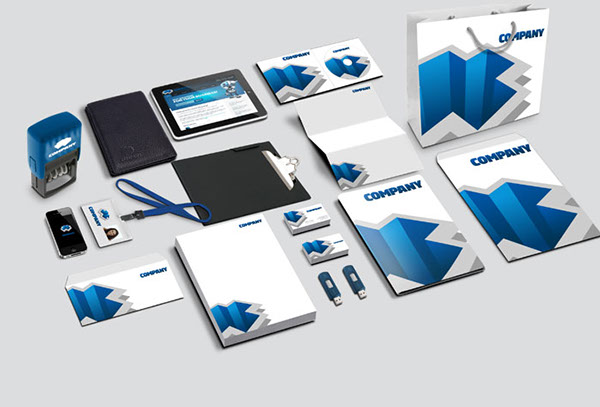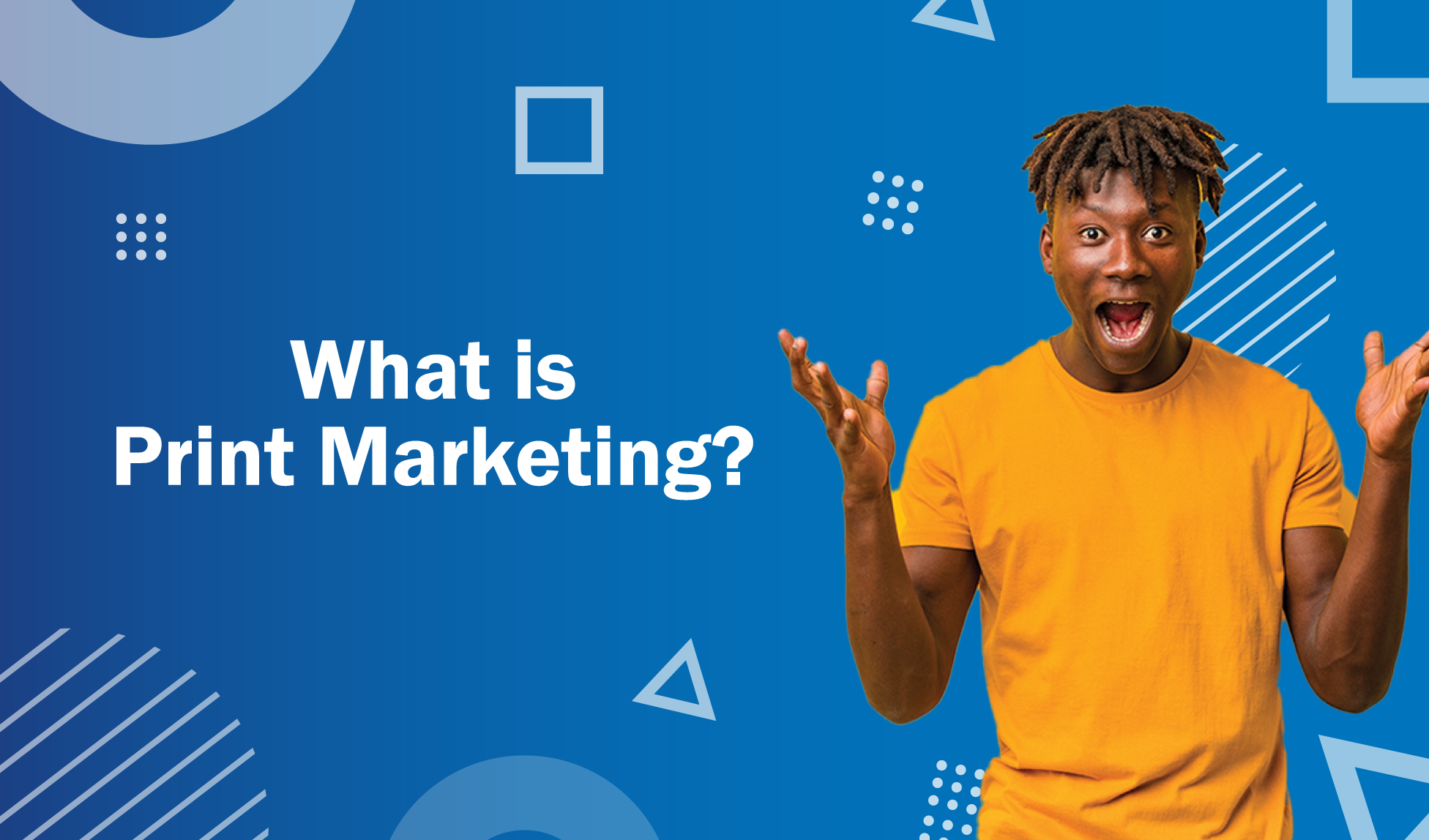Print marketing refers to any marketing technique that uses printed media to reach consumers. This can take a variety of forms, such as:
- Brochures: These are often used to give detailed information about a product, service, or event.
- Flyers and Posters: These are typically used for events or promotions, and are often placed in high-traffic areas for maximum visibility.
- Direct Mail: This involves sending printed materials directly to consumers’ homes or businesses. This can include postcards, catalogs, or personalized letters.
- Business Cards: These are a staple for any businessperson. They usually contain contact information and the logo of the company.
- Newspaper and Magazine Ads: These are a traditional form of print marketing that have been used for centuries.
- Billboards and Outdoor Signs: These are used to reach a broad audience, especially in high-traffic areas.
- Packaging: Even the packaging of a product can be a form of print marketing if it includes promotional messages or branding.
- Banners and Flags: These are used at events or outside businesses to attract attention.
The effectiveness of print marketing can depend on several factors, such as the quality of the design, the reach of the distribution, and the relevance to the target audience. Despite the rise of digital marketing, print marketing can still be a powerful tool, especially for local businesses or for promoting specific events or offers. It can also be an effective way to build brand awareness and establish a strong brand identity.

What are the Pros of Print Marketing?
Print marketing can offer numerous benefits that can complement your overall marketing strategy. Here are some advantages:
- Tangibility: A print piece is a physical item that consumers can hold in their hands, which means your brand leaves a lasting impression. Studies have shown that physical materials can lead to better recall and comprehension compared to digital media.
- High Engagement: Readers of printed material often engage more deeply and spend more time with it than with digital content, which can be skimmed quickly.
- Credibility: Print media, such as newspapers and magazines, often carry inherent credibility, which can positively influence the perception of ads placed within them.
- Less Competition: With the rise of digital marketing, print is less saturated with ads, which may allow your message to stand out more.
- Targeted Marketing: Print materials like direct mail or trade publications can be highly targeted to reach specific demographic groups or geographic areas.
- Branding: Print is excellent for solidifying brand identity. The quality, consistency, and synergy of printed materials can significantly influence how your brand is perceived.
- Longevity: Print materials can have a longer lifespan compared to digital ads or email campaigns, which can quickly become lost in the shuffle.
- Versatility: There are many types of print marketing materials, from business cards and brochures to magazines and billboards, each with its strengths and suited for different situations.
It’s important to remember that the effectiveness of print marketing can depend greatly on the design and quality of the printed material, as well as how well it’s integrated with the rest of your marketing strategy. Each business and target audience is unique, so it’s important to experiment and find what works best for your specific situation.
What are the Cons of Print Marketing?
While print marketing has its advantages, it also comes with several potential drawbacks, including:
- Cost: Print materials can be more expensive than digital due to production, printing, and distribution costs. This includes the cost of design, paper, printing, and postal charges for direct mail.
- Lack of Interaction: Unlike digital marketing, print marketing doesn’t offer immediate interaction or direct engagement. Readers can’t click a link or share the content with their social networks.
- Less Eco-Friendly: The environmental impact of print marketing is higher compared to digital marketing. The production, distribution, and disposal of print materials can contribute to deforestation, pollution, and waste.
- Limited Flexibility and Scalability: Once printed, the content cannot be changed or updated, which can be problematic if there are errors or if the information becomes outdated. Scaling a print campaign (either up or down) usually involves a significant amount of time and cost.
- Difficulty in Tracking: Unlike digital campaigns, where you can use tools to track views, clicks, and conversions, tracking the effectiveness of print marketing can be more challenging. Although methods do exist (such as unique URLs, QR codes, or customer surveys), they generally require more effort from the consumer and may not be as accurate.
- Geographic Limitations: Print marketing, especially for local newspapers or billboards, can be limited by geography. In contrast, digital marketing can reach a global audience.
It’s important to consider these potential drawbacks when deciding on the role print marketing should play in your overall marketing strategy. Many businesses find that a combination of both print and digital marketing provides the most effective approach.
